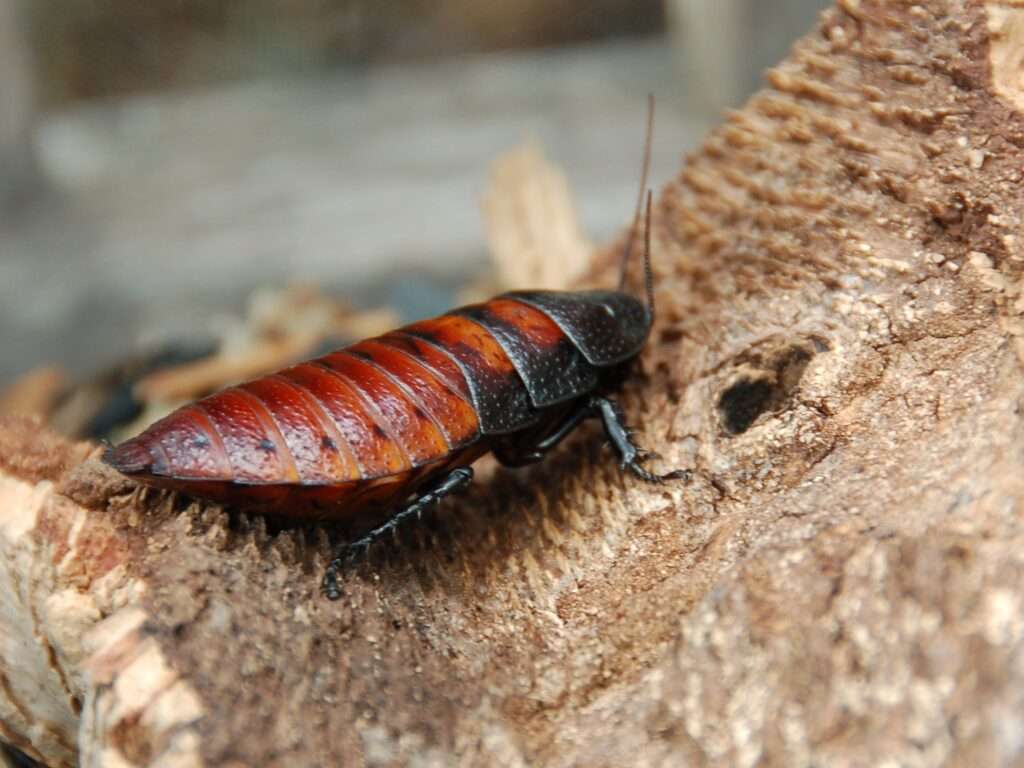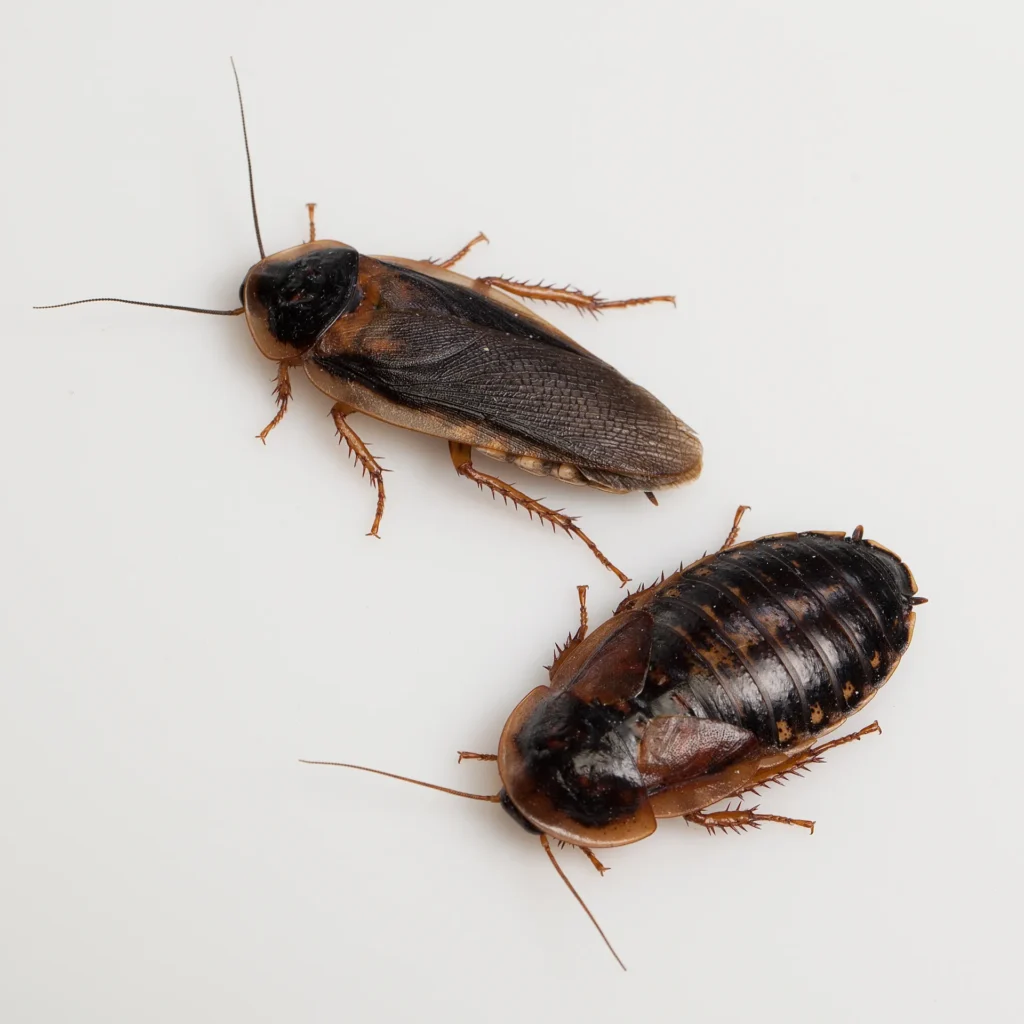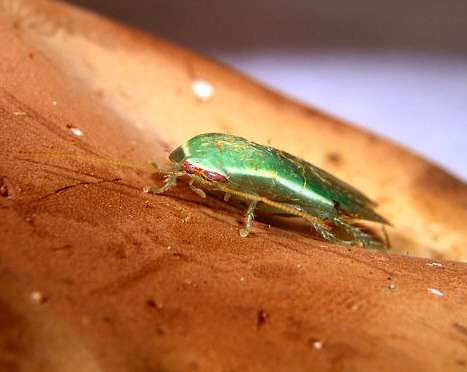
This species of cockroachbelong to the family Blaberidae is known as the Blaberus craniifer (death’s head cockroach). Due to its resemblance in appearance to the discoid cockroach, Blaberus discoidalis, it is frequently mistaken for the latter. Death’s head is named after the markings on the pronotum’s top: “cranii,” which is Latin for “of the head,” and “fer,” which is Latin for “carry” or “carrier.”
Keeping as Pet
For those drawn to the macabre, this cockroach is a great first species. It is well known for having an overall dark coloration and a pattern on its pronotum that resembles a skull. It is a big species that can grow to be more than 2 inches long. It is also a nice species to handle.

Requirements to Keep as Pet
Care
It’s really simple to take care of this species. It does not have particular dietary or moisture preferences, and it reproduces relatively readily. This species is excellent for beginners because it is also incredibly gentle and responds well to handling. But because it can fly, it’s crucial to cover the enclosure.
Enclosure
Any type of enclosed dark space is suitable for housing the death’s head cockroach. One cockroach needs a minimum of one gallon. This species thrives in a group situation, and several individuals can be housed together in a small area. Provide cover by using flower pots or egg cartons.
Feeding
This species does not have particular humidity preferences. However, maintain a humidity level of at least 40% to avoid molting problems.
Temperature
This species can tolerate a broad range of temperatures; however, it needs to maintain a temperature of at least 70 degrees Fahrenheit to keep the species reproducing and active.
Feeding
This species will consume dog food, fruits, vegetables, potatoes, grains, and other staples of the typical cockroach diet.
Humidity
This species does not have particular humidity preferences. However, maintain a humidity level of at least 40% to avoid molting problems.
Temperature
This species can tolerate a wide range of temperatures, but should maintain a temperature of at least 70 degrees Fahrenheit to keep the species breeding and active.
Breeding
This species appears to give birth to live babies because the eggs hatch inside the female’s body. It reproduces easily but not as swiftly as some of the other species, taking around two months from mating to hatching.
Table





